
12 Best Lunch Spots In Napa
Best Lunch In Napa – Our 12 Favorite Spots! Lunch is a must when you’re out wine tasting! Whether you’re in the mood for a
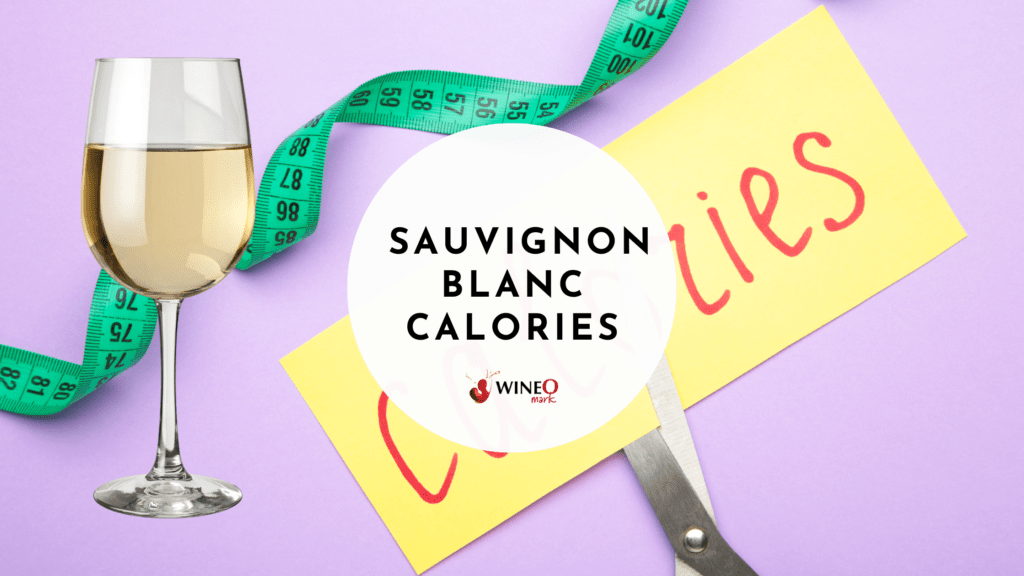
Quick Answer: For a glass it's approximately 120-130 calories. And for a bottle approximately 560 - 640 calories.
The calorie count of Sauvignon Blanc can vary depending on various factors such as alcohol content, sugar levels, and serving size. A standard 5-ounce serving of Sauvignon Blanc contains approximately 120 – 130 calories, making it a relatively low-calorie alcoholic beverage compared to other wines.
However, it’s essential to note that the calorie count may vary based on the specific brand of wine you choose. And some Sauvignon Blanc wines may contain higher sugar levels, resulting in more calories per serving. In contrast, others may have a lower alcohol content, resulting in fewer calories.
Additionally, it is important to pay attention to the serving size, as a larger pour can quickly add up the calories. A standard pour of Sauvignon Blanc is 5 ounces, but many restaurants and bars may offer larger servings. For example, a 8-ounce serving of Sauvignon Blanc contains approximately 190- 200 calories.
So if you are watching your calorie intake, it’s advisable to consume Sauvignon Blanc in moderation and limit the serving size. And it’s also recommended to opt for a drier Sauvignon Blanc with lower sugar content and alcohol percentage. Because a dry Sauvignon Blanc has a higher acidity level, making it a refreshing and satisfying choice without the extra calories.

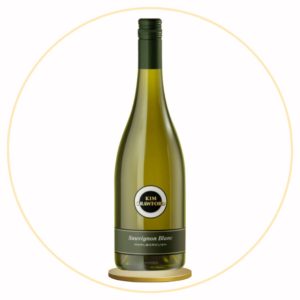
On average, a standard 750ml bottle of Sauvignon Blanc contains approximately 560 to 640 calories.
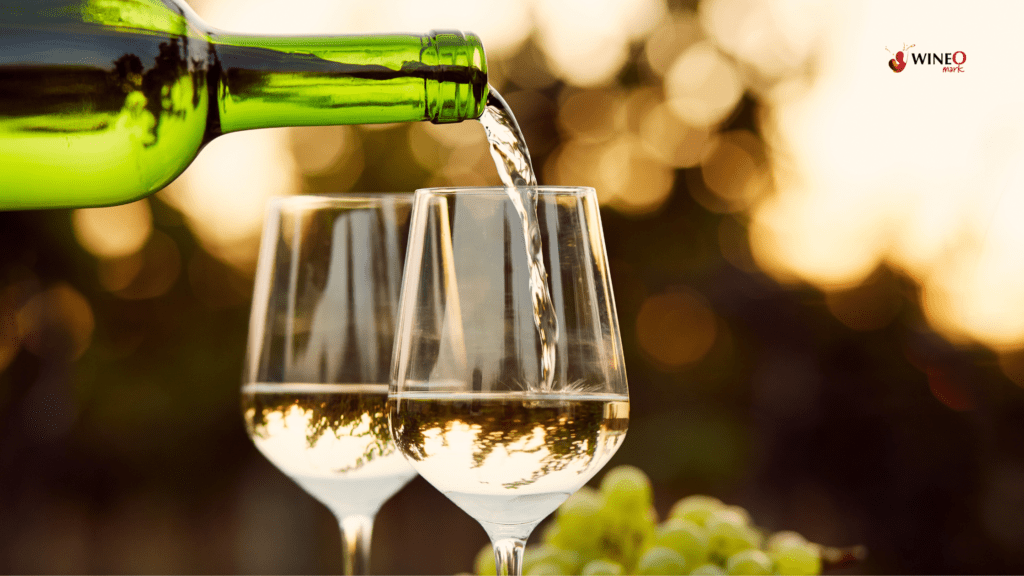
The calorie count of a glass of Sauvignon Blanc can vary based on the serving size and the specific brand of white wine you choose. A standard 5-ounce (148 ml) serving of Sauvignon Blanc contains approximately 120 – 130 calories on average.
However, some Sauvignon Blanc wines may contain more or fewer calories based on their alcohol and sugar content. And as mentioned above, it’s essential to note that the calorie count can increase if you are pouring a larger serving size.
Calories in wine come from two main sources: alcohol and residual sugar.
In general, red wines (i.e. Cabernet Sauvignon) tend to be slightly higher in calories than white wines, as they typically have a higher alcohol content. Sweet wines, such as dessert wines, can also be higher in calories due to their higher residual sugar content.
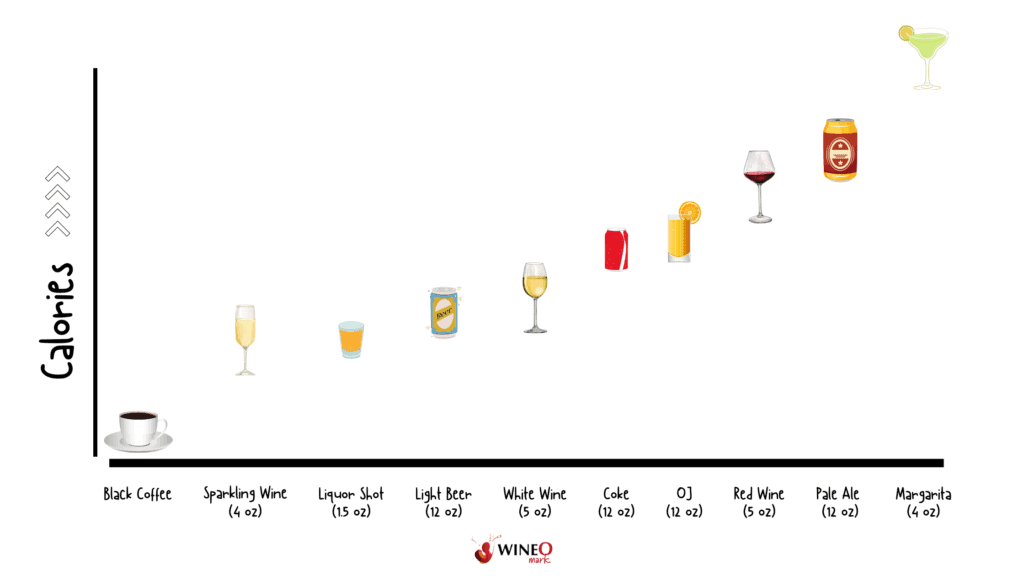
There are some specific brands and labels of Sauvignon Blanc that are known for being particularly low in calories. And here are a few examples:
These are just a few examples of low-calorie Sauvignon Blancs, but it’s essential to remember that the calorie count can vary depending on the specific brand and serving size. And it’s also crucial to consume any alcoholic beverage in moderation and incorporate it into a balanced and healthy daily diet.
In conclusion, Sauvignon Blanc is a popular and delightful white wine choice enjoyed by many. While it is a relatively low-calorie alcoholic beverage, it’s crucial to understand the calorie count and serving size to avoid overindulging.
Choosing dry wines, like a Sauvignon Blanc with lower sugar content and alcohol percentage can help you enjoy your white wine while still maintaining a healthy daily diet. As with all alcoholic beverages, moderation is key, so drink responsibly.

Best Lunch In Napa – Our 12 Favorite Spots! Lunch is a must when you’re out wine tasting! Whether you’re in the mood for a
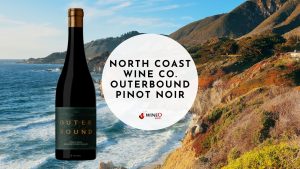
North Coast Wine Co. Outerbound Pinot Noir – WineO Mark Review Wine Stats Grape Variety: 100% Pinot Noir Vintage: 2019 ABV: 14% Wine Region: North Coast,
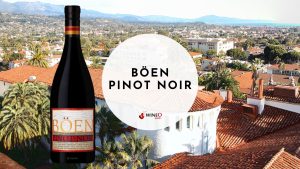
Böen Pinot Noir – WineO Mark Review Wine Stats Grape Variety: 100% Pinot Noir Vintage: 2021 ABV: 14.6% Wine Region: California Flavor Profile: Cherry, raspberry, blackberry,

Merry Edwards Sauvignon Blanc – WineO Mark Review Wine Stats Grape Variety: 100% Sauvignon Blanc Vintage: 2022 ABV: 14% Wine Region: Russian River Valley, California

The Hess Collection Allomi Chardonnay – WineO Mark Review Wine Stats Grape Variety: 100% Chardonnay Vintage: 2019 ABV: 14.3% Wine Region: Napa Valley, California Flavor Profile:

Stags’ Leap Chardonnay – WineO Mark Review Wine Stats Grape Variety: 100% Chardonnay Vintage: 2022 ABV: 14.1% Wine Region: Napa Valley, California Flavor Profile: Oak, vanilla,
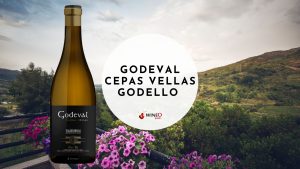
Godeval Cepas Vellas Godello – WineO Mark Review Wine Stats Grape Variety: 100% Godello Vintage: 2021 ABV: 13% Wine Region: Valdeorras, Spain Flavor Profile: Peach,

Félix Solís Mucho Más Tinto N.V. – WineO Mark Review Wine Stats Grape Variety: Tempranillo, Syrah Vintage: Non-Vintage ABV: 14% Wine Region: Spain Flavor Profile: Vanilla,
